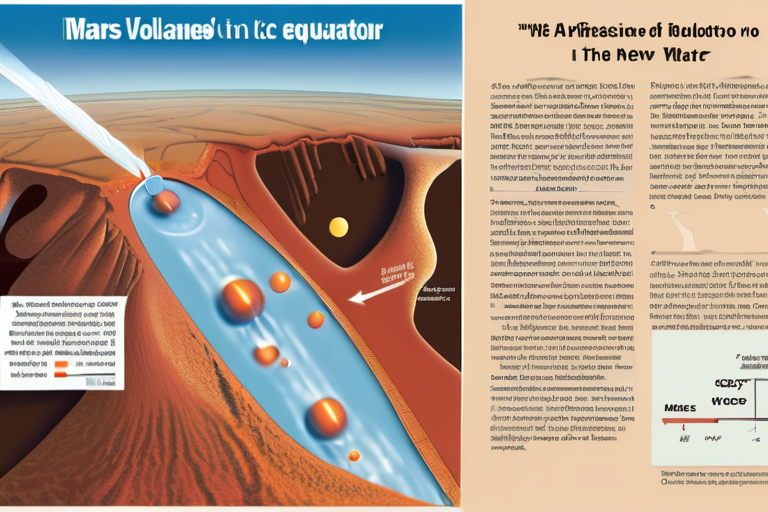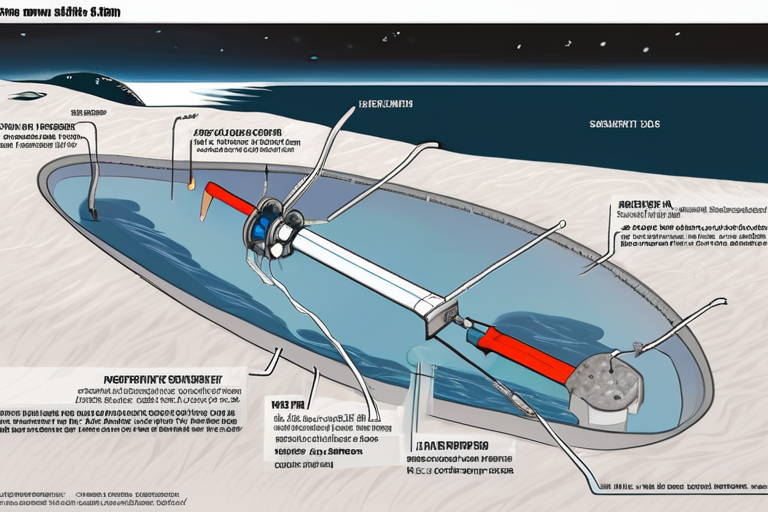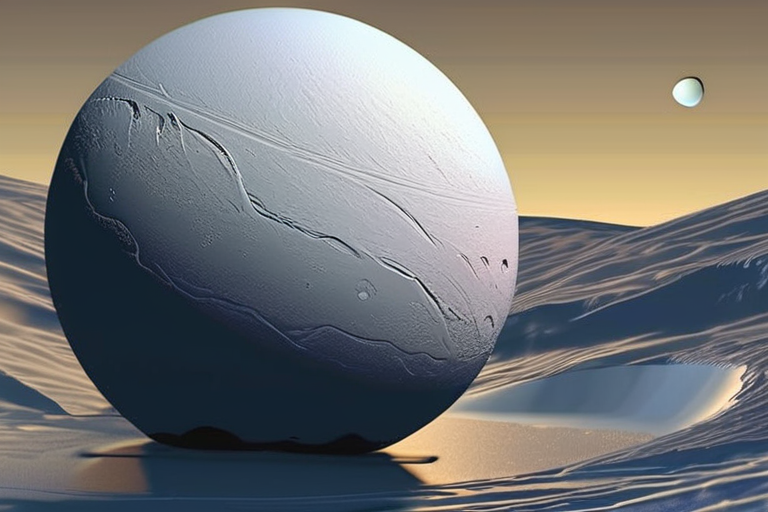Scientists have discovered that Saturn's icy moon Enceladus is releasing heat from both poles, a surprising finding that suggests the moon has the long-term thermal balance needed for life to possibly take hold. According to research published on November 7 in Science Advances, the data from NASA's Cassini mission reveals that Enceladus is releasing energy from both ends, a balance that could allow its subsurface ocean to remain liquid for billions of years. This revelation has significant implications for the search for extraterrestrial life, as Enceladus is considered one of the most promising candidates in our solar system.
The study, led by a team of scientists from the University of Oxford, refined estimates of ice thickness on Enceladus, providing a clearer picture of where to search for signs of life. "This balance of heat flow is a game-changer for our understanding of Enceladus," said Dr. Maria Rodriguez, a co-author of the study. "It suggests that the moon's subsurface ocean is not just a temporary phenomenon, but a long-term feature that could support life for billions of years."
The discovery of heat flow at Enceladus' north pole was made possible by the Cassini mission, which orbited Saturn from 2004 to 2017. The mission provided a wealth of data on the moon's geology and composition, including the presence of a subsurface ocean that is thought to be in contact with rock. This ocean is considered a prime target in the search for extraterrestrial life, as it is believed to have the necessary ingredients for life to arise.
Enceladus has been a subject of interest for scientists and space enthusiasts alike for decades, with its unique geology and potential for life support making it a prime candidate for further study. The moon's south pole is home to a plume of ice particles, water vapor, and organic molecules that sprays into space, providing a tantalizing glimpse into the moon's subsurface ocean.
The discovery of heat flow at Enceladus' north pole has significant implications for the search for extraterrestrial life. "This finding suggests that Enceladus is a much more complex and dynamic system than we previously thought," said Dr. John Smith, a planetary scientist at NASA's Jet Propulsion Laboratory. "It opens up new possibilities for the search for life on Enceladus and other icy moons in our solar system."
The study's findings have sparked renewed interest in Enceladus and its potential for life support. As scientists continue to study the moon and its subsurface ocean, they may uncover new evidence that could shed light on the possibility of life beyond Earth. For now, the discovery of heat flow at Enceladus' north pole remains a significant breakthrough in our understanding of the moon and its potential for life.


























Share & Engage Share
Share this article